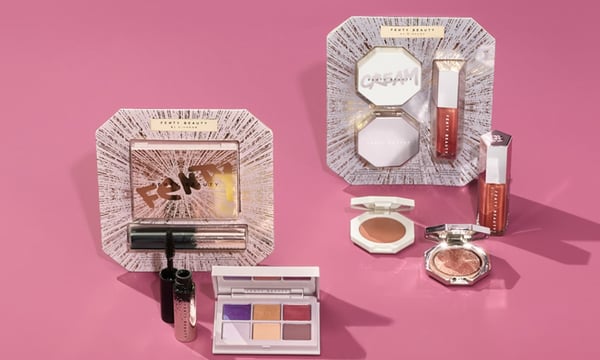Product Category Marketing Examples to Inspire Your Own
Stores and websites aren’t a mishmash of products with no discernible organization for a reason. People want a sense of direction and a positive customer experience, even when they are “just browsing.” They also want to know they are in good hands when it comes to the product category they’re exploring — whether that’s kitchen tools, breakfast cereals, or winter coats.
Product category marketing helps your brand stand out among related items, so your company’s products wind up in the shopping cart — whether real or virtual.
→ Download Now: Free Product Marketing Kit [Free Templates]
What is a product category?
A product category is “a particular group of related products,” according to the Cambridge Dictionary.
Your distinct offerings and customer personas should guide the organization and grouping of your product categories.
For example, REI Co-Op offers a wide range of outdoor gear. To guide customers, they split their products into interest-based categories, such as running, climbing, and snow sports. For fashion retailers, it makes more sense to organize categories by product type, such as shoes, shirts, and pants.
Product category marketing amplifies why a company is the best choice within that group of products. Why should customers opt for your offering rather than your direct competitors?
Gaining brand recognition and appreciation across a product category means greater returns for your marketing efforts. When consumers have positive experiences with a specific product category it also builds brand trust, which often expands to other categories through the halo effect.
Product categories are sometimes confused with product classification. Both are organizational strategies and both help guide marketing decisions, but classifications are much broader (think convenience goods, shopping goods, and specialty goods).
Let’s take a look at nine product category marketing examples to inspire your own.
Product Category Marketing Examples
1. Fenty Beauty
Product category: High-end foundation makeup
Admittedly, it helps to have singer and business powerhouse Rihanna at the helm. But Fenty Beauty innovated the idea of foundation makeup “for all,” and its commitment to inclusivity made the brand an instant hit.

Beyond foundation, the Fenty Beauty Face products include bronzer, highlighter, powder, and concealer in shades that work for everyone. The launch was an industry transformer, with established brands expanding their foundation color lineup in response.
The marketing for Fenty Beauty Face products zooms in on the wide palette of available colors, and features models and influencers across the shade spectrum.
2. Orvis
Product category: Dog beds
This Vermont-based retailer has been a big name in fly-fishing and outdoor gear since 1856. But they’ve also carved out a product niche with dog gear — and dog beds in particular. The brand draws people who want comfortable dog beds for their furry pals in styles that enhance their home decor.
The marketing images of dogs sleeping or lounging on Orvis beds is enough to inspire a nap. They’ve made their site a resource for dog health and behavior topics. And their social feeds are chock full of irresistible images and videos of dogs, including puppies in a hammock (!).
Comments
Post a Comment